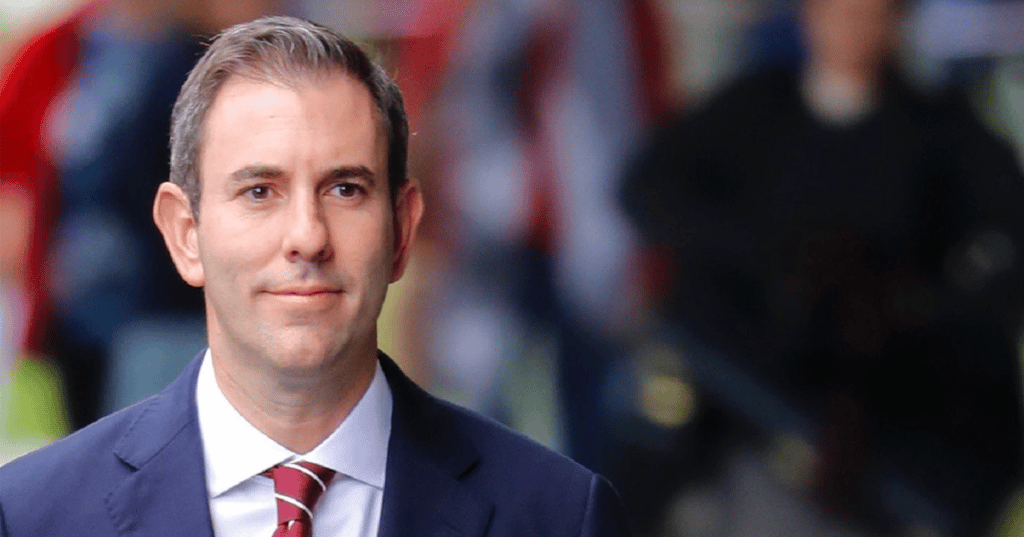Gazing forty years into the future is terrifying, and not just because of the rising temperatures ahead. The costs we’re on track to come up against are significant, as are the skills shortages we can expect in the most critical areas.
Climate change will cost Australia up to $423 billion over the next four decades, while the care economy will balloon from around 8 per cent of GDP to 15 per cent.
The sixth edition of the Australian Government’s Intergovernmental Report outlines what’s ahead for the future, and provides some extremely compelling reasons to throw everything at addressing the significant challenges like overburdened and female-dominated care sectors, as well as climate change.
The report examines current trends and data to forecast what the next 40 years will bring regarding the economy, population and workforce. The first edition, released 21 years ago, was slightly more optimistic than the grim reading the latest edition offers.
Releasing the report today, Treasurer Jim Chalmers said Australia is facing five big shifts on the economy, including a shift to renewables, from IT to artificial intelligence, from a younger population to an older one, from globalisation to fragmentation, and from an industrial-based economy to a care economy.
The horror climate bill the report forecasts comes as a result of things like reduced labour productivity and tourism, as well as an increase in the severity and frequency of natural disasters, which we’ve already seen evidence of over the past few years: more frequent droughts, more erratic rainfall patterns, heatwaves, and a drop in crop production.
Aged care will be a massive pressure point in the future, with the number of people aged 65 and over set to double and the number aged 85 and over to triple over the next 40 years. As the National Skills Commission recently projected — demand for aged care workers is expected to double by 2050.
Already, we’re unable to meet the demands of the care economy in early childhood education, healthcare, aged care, disability care and social support services. These are the industries, skills and jobs of not just of the future, but also of the right now. All these areas are heavily female-dominated and significantly underpaid. Given shortages already occurring now, how we could ever hope to resource these sectors and the demand ahead will require a significant rethink in how we value those working in such sectors.
As the Treasurer said on the various aspects of the care economy: “We’ll need more well-trained workers to meet the growing demand for quality care over the next 40 years. The care sector is where the lion’s share of opportunities in our economy will be created.”
Yet with all this, we’re failing to address these issues and concerns right now adequately — let alone as they ramp up increasingly into the next four decades.
Treasurer Chalmers claims Australia has gone from a “global embarrassment” to a “global reader” in responding to climate change, a comment likely made on account of the Albanese Government’s target to cut emissions by 43 per cent by 2030.
The reality is that Australia is not doing enough. Coal mines continue to be approved under the Albanese Government, and current reduction ambitions are nowhere near ambitious enough to contribute to global outcomes that can help prevent the extremes of climate change.
Across the Pacific, Australia’s neighbours are urging for their “big sister” to do significantly more. Just this week, there are reports that Pacific nations will delay supporting Australia’s bid to host the COP31 United Nations climate conference until Australia has made “concrete progress on ending support for fossil fuels.”
Australia is no leader in climate action. Just as it’s no leader on protecting, elevating and responding to the needs of the care workforce.
Despite repeated warnings about the shortages now and ahead for the care sector, Australia is not doing enough to acknowledge how these feminised sectors continue to risk further worker shortages due to burnout, poor pay and conditions. Surely, productivity begins with doing everything possible to support these workers now — to ensure they stick around for the immediate future, and can help inspire the next generation of workers to see how they are respected, paid and valued across all areas of society.
There are opportunities in being a leader on care and climate and addressing theses challenges, but they can only come from a political system that elevates individuals who are genuinely interested in their own legacy. We need bold policy reforms and ideas to not support in meeting the demands of areas like climate change and artificial intelligence and the care economy now.


